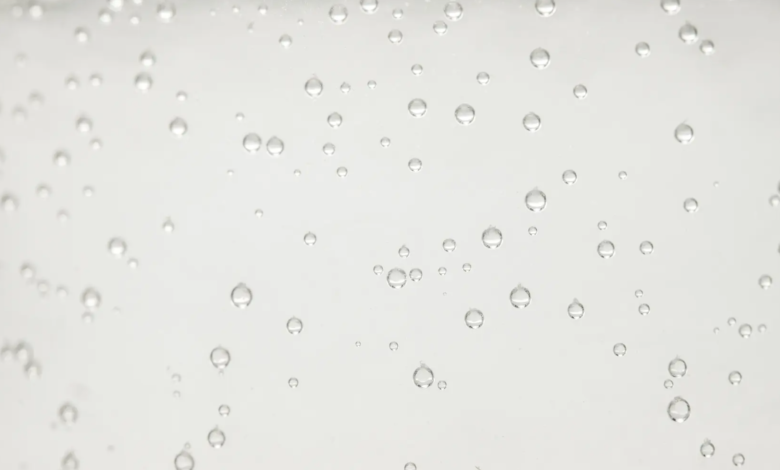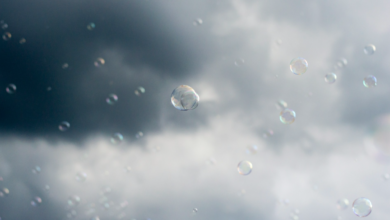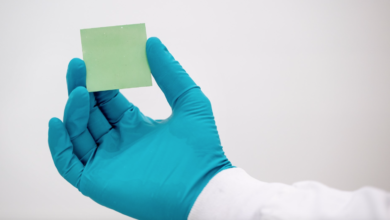Producing hydrogen from water “without energy”
The way to produce hydrogen from salt or dirty water
(Sustainabilityenvironment.com) – “We do not need any energy input and hydrogen bubbles up. I have never seen anything like it”. With these words, Professor Scott Oliver of the University of California at Santa Cruz described a new method to produce hydrogen from water, even dirty or salt, and without electrolysis. The secret? Employ a pinch of aluminum (Al).
To tell the truth, the process itself is nothing new. The reactivity of aluminum in water to form hydrogen and aluminum hydroxide has been known since the 1970s. But the greatest obstacle to the use of this technique has been known for just as long: the metal reacts instantly with the air, acquiring an aluminum oxide coating, which blocks further reactions.
For years, researchers have been looking for efficient and cost-effective ways to overcome the problem. For example, using gallium, is a rare metal that melts at just 30,000ºF and that is able to remove the oxide, allowing direct contact with aluminum with water.
Read also Hydrogen powder, the technological breakthrough of Deakin University
The role of gallium
The work carried out in the laboratories of the UCSC and born from an idea of the student Isai Lopez, today takes further steps forward, bringing the technology closer to practical applications. The team of scientists discovered, in fact, the perfect recipe to produce hydrogen from water without electrolysis: synthesize an aluminum and gallium composite with a ratio of metals of 1:3. A large amount of gallium has a double task. It dissolves the surface oxide and separates the aluminum into nanoparticles, preventing them from aggregating. This allows you to use as a source of Al any ready-made product, from foil to used cans. A factor not indifferent since the production of metallic aluminum is, instead, a highly energy-intensive process.
But that’s not all. “The water splitting reaction does not require the application of a potential,” the researchers explain in the journal ACS Nano Materials. “And it works under environmental conditions and pH neutral to quickly generate 130 ml (5.4 mmol) of hydrogen per gram of alloy. You can use any available water source, including wastewater, commercial drinks, or even salt water, without chlorine gas generation […] In addition, gallium remains intact, allowing its collection and reuse indefinitely”.
The next step? Check the scalability of the process.






